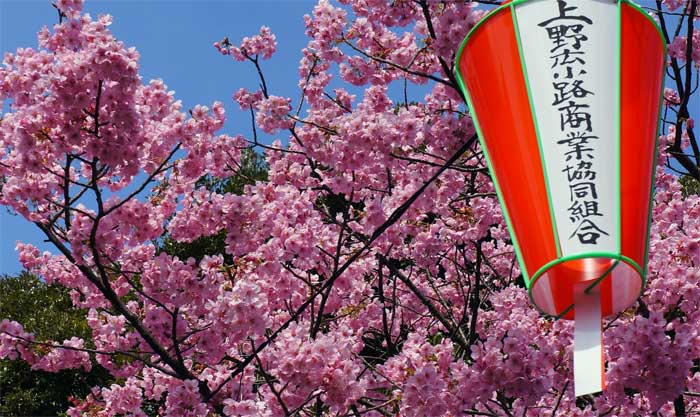Kyoto is reminiscent of ancient Japanese, complete with bamboo groves, traditional Zen gardens, streets and lanes populated by geisha and many Buddhist temple structures at various locations. Already a booming travelling hotspot, Kyoto will see surge in tourist arrivals during the cherry blossom period every year without fail. It is considered a Japanese distinct culture where thousand flock over to the best spots for picnic parties. It is a symbol of spring arrival, where sakura are formed which decorates the rivers of Kyoto and dramatically changes the garden scenery which resembles a coat of fairy floss.
Cherry blossom has long been associated as culturally significant to Japan only. 100 yen coins are imprinted with cheery blossom images and it is used as a motivational campaign to spur nationalism spirit among Japanese during the Second World War. It is widely believed that cherry trees blooming are a symbol of how short life can be and a timely reminder that one should appreciate the importance of time. Cherry blossom has a deeper meaning where it calls for reflection on our achievements and to always plan ahead and not waste any precious time. Moving on from philosophical discussion, it is a time where commercial brand popular in the Japanese home country seize the opportunity for launching products related to Sakura. Examples of launches include Sakura Frappucino by Starbucks or Sakura based Kit Kat filled with white chocolate topping with a tinge of cherry flavor.
Hanami, a tradition deeply rooted in Japanese culture, has no defined official start date, but its depiction has appeared in classic literature. Its first appearance is in Tales of Genji, a Japanese literature classic first written around 12th century. Locals will have their own good time partying and organizing all-day picnics while breaking free from their conventional hardworking routine. All you need for a good time during Hanami parties is to get ready with some beer and bento box available for sale from the closest convenience store. Kyoto has plenty of awesome viewing spots for one to fully immerse in the sakura culture. Be mindful of the huge crowd you will encounter on the popular viewing spots. One good tip to take into consideration is claiming your spot by arriving early with a decent picnic rug. Booked spot is honored by picnic goers and will remain yours for the remainder day.
First in the list of top viewing spots is the Kodai ji. It is actually a Zen temple strategically located at the Higashiyama region. It is credited with being the maiden temple to launch in the dark illuminations where gardens are filled with multicolored spotlights during the night. It allowed viewing of cherry blossom to stretch all the way into nighttime. A famous path named Tetsugaku no michi which stretches for 3km along a tiny river located in the east side of Kyoto is another highly recommended viewing spot. The name originated from a century old philosopher by the name of Nishida Kataro, and links Nanzen ji to Ginkakuji temple. It is famous pedestrian path decorated with blooming cherry trees and its reflection is clearly seen from the calm waters. It is the perfect spot for admiring the natural beauty.
At the bottom of the western mountains of Kyoto lies the Arashiyama region which is regarded as a great tourist spot due to the magnificent bamboo groves and stunning foliage views. Tourists flock to the place all year round, but arrivals really surge ahead during the sakura season. People will get on the Togetsukyo Bridge for a good unobstructed view of the trees so be sure to avoid the main path less you want to be surrounded by hordes of humans. Food stalls selling Japanese snacks are operated throughout the night and the area will be lit with bright lights for maximum viewing pleasure at night.
Around the southern region of Higashiyama, there is another magnificent spot names Maruyama Koen. It is perfect for those seeking peace and tranquility after having a tough long day visiting temples all over Kyoto. However, the cherry blossom period will draw huge crowds and the park may be noisy owing to its huge popular weeping trees. The most optimal viewing period is from March to April, and spans no longer than 2 weeks. The period for blossoming trees is short and swift, and progresses from southern to northern region of Japan. Japanese Meteorological Department will closely monitor the progress every year and issues status report every night on the news. More information can be gathered from forecast releases issued by the Japan Tourism Organization.

